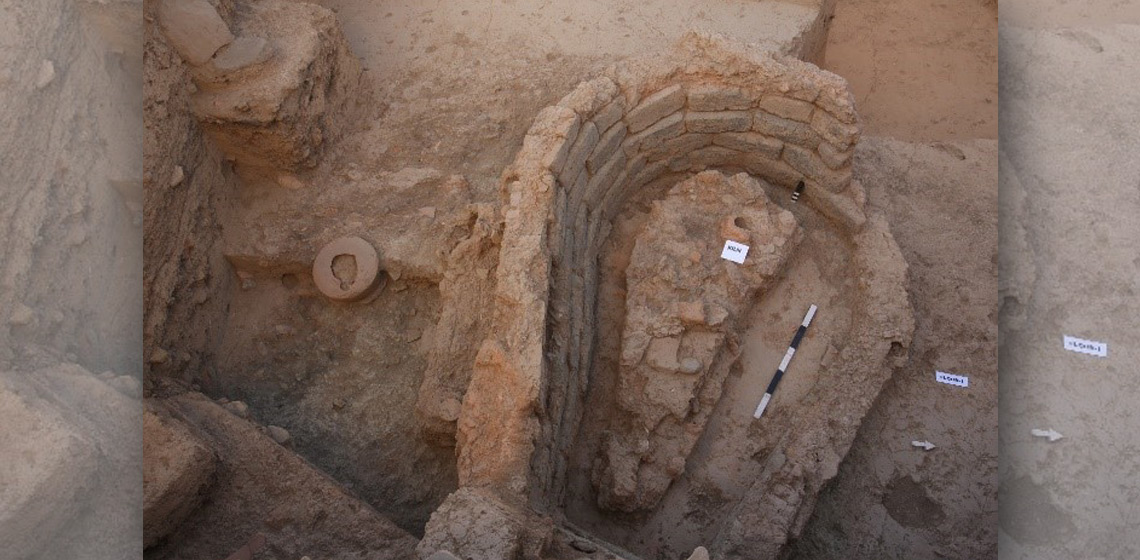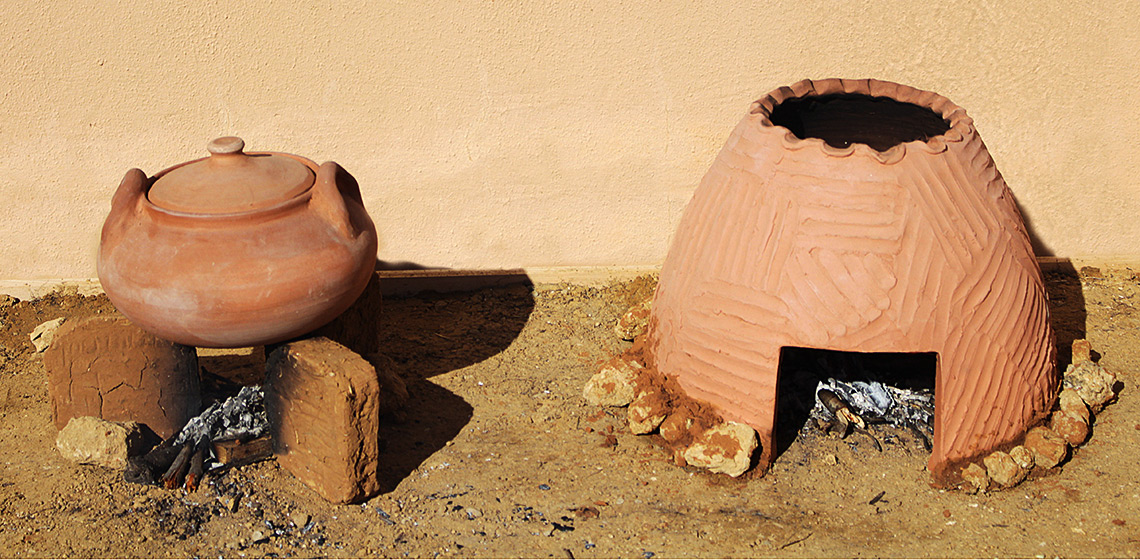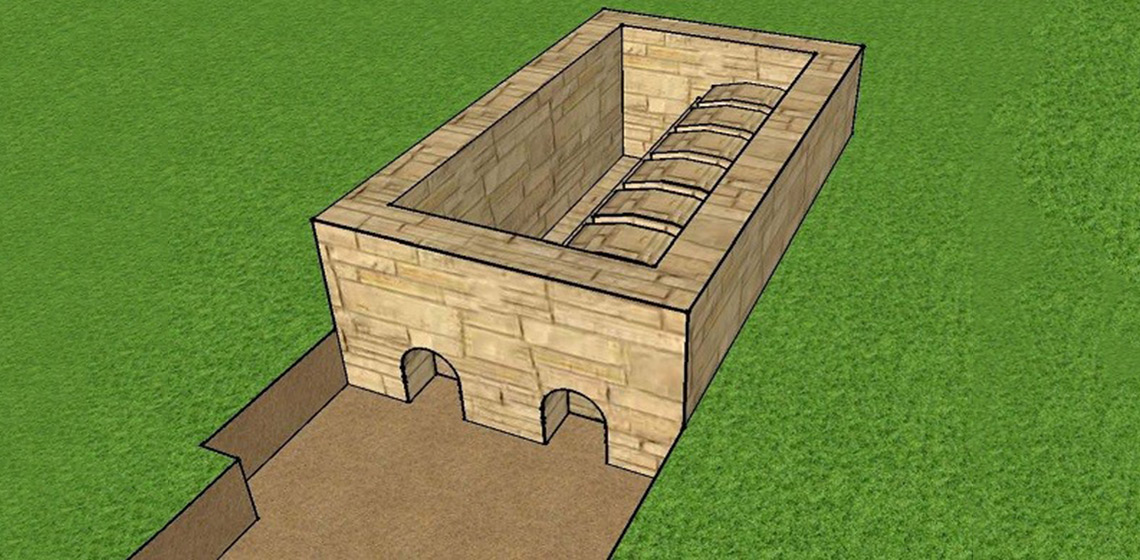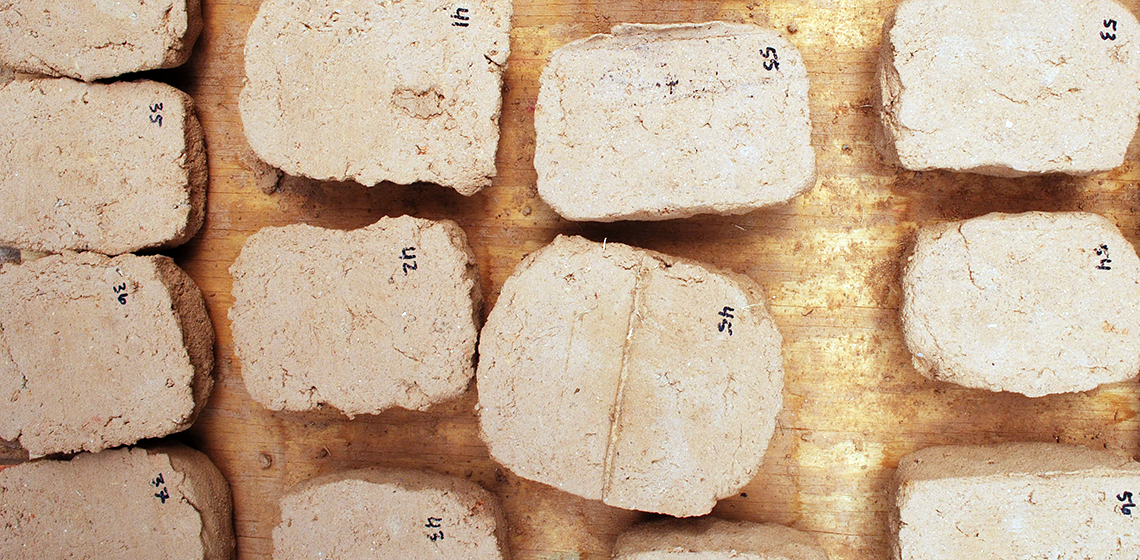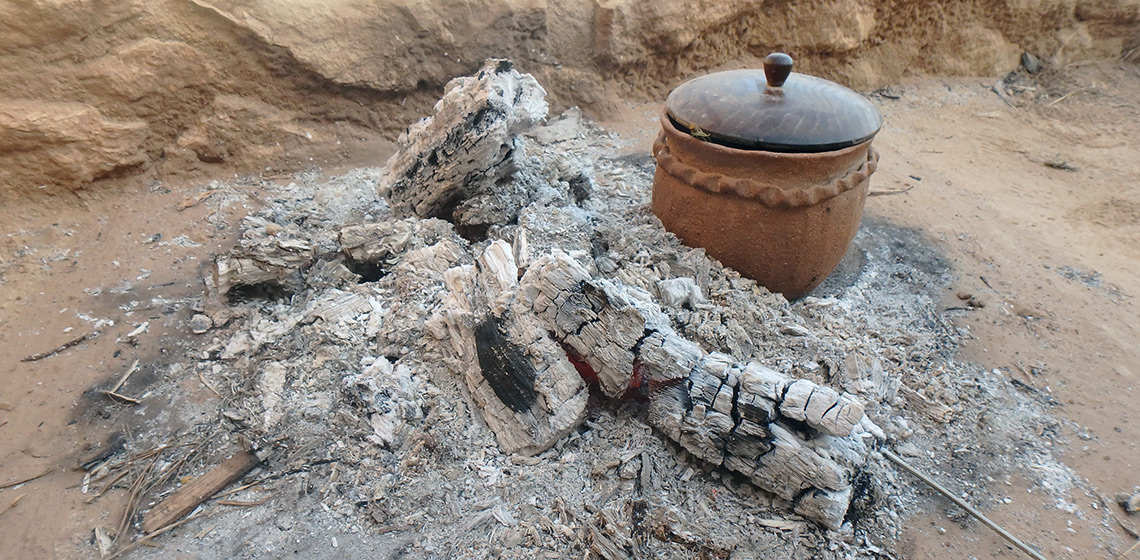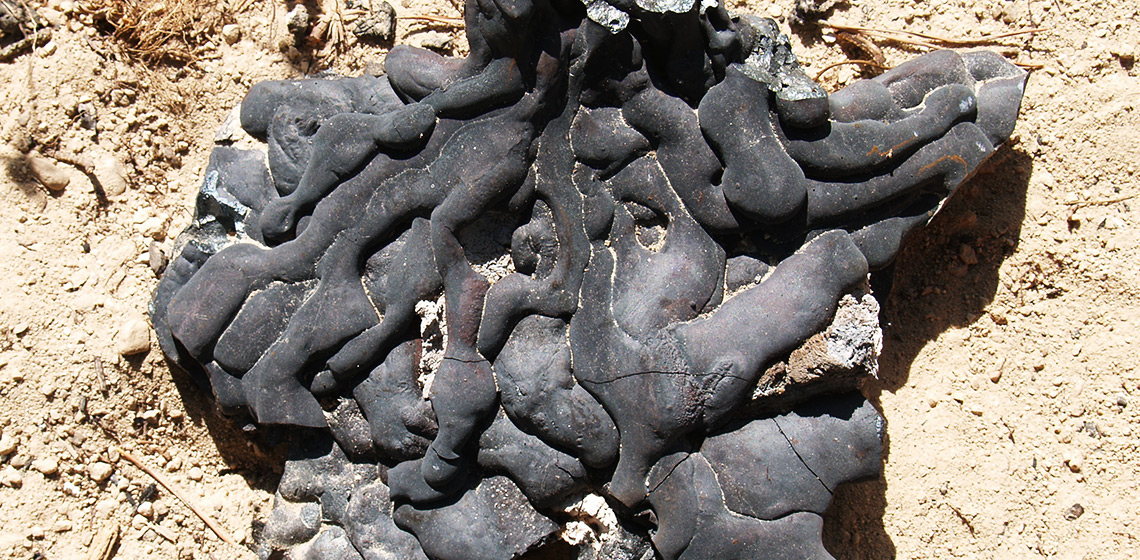furnace, kiln or oven
“Look at the Bones!” - Adding Bone in a Bloomery Iron Smelt
Introduction
“Vikings unwittingly made their swords stronger by trying to imbue them with spirits.
Iron Age Scandinavians only had access to poor quality iron, which put them at a tactical disadvantage against their neighbors.
To strengthen their swords, smiths used the bones of their dead ancestors and animals, hoping to transfer the spirit into their blades.
They couldn't have known that in so doing, they were forging a rudimentary form of steel.“
Matt Davis (2019)
Experimenting with the Ancient Greek Pottery Production Process from Clay Selection to Firing in a (Re)constructed Updraft Kiln
Introduction
This experimental project aimed to reproduce the Hellenistic (fourth-third century BC) Greek pottery production process. The project was conducted by the authors, Francesca Tomei, PhD graduate in Archaeology at the University of Liverpool, and Juan Ignacio Jimenez Rivero, a ceramist specializing in replicating ancient pottery technology, who frequently collaborates with the Department of Classics, Ancient History, Archaeology and Egyptology, University of Manchester, on ceramic experimental archaeology projects and activities.
An Experimental Approach to Tannur Ovens and Bread Making in the southwest of the Iberian Peninsula during the Iron Age
Hard Fun: Further Discussions on an Undergraduate Project to (Re)Construct and Fire a Medieval Tile Kiln
Scored Basins from Late Minoan Crete: an Experimental Interpretation from Construction to Functionality
Experimental Archaeology of Iron Age Firing Structures from the Western Mediterranean
The TRANSCOMB project
This research project, which started in 2020 and is funded by the Spanish Ministry of Science and Innovation, is led by the Catalan Institute of Classical Archaeology (ICAC) and counts on the participation of about 20 researchers from different institutions. The project aims to analyse Iron Age combustion structures in the north-eastern Iberian Peninsula, the South of France, and the Balearic Islands (See Figure 1). The main aim is to obtain data about the functioning and efficiency of these structures during a range of domestic activities.
The Little Bowl That Could! Experimental Iron Smelting in a Bowl Furnace
Copper Smelting Could Have Been Discovered in Connection with the Massive Production of Lime Plaster in the Near East During the Pre-Pottery Neolithic B, which is Much Earlier than Previously Believed
Standardized Reporting of Experimental Iron Smelting - A modest (?) Proposal
Background: The State of an Art?
Over the last three decades, bloomery iron smelting has moved from the largely theoretical to the practical. Although there were certainly earlier attempts via experimental process to build workable furnaces, most of these attempts were basically unsuccessful, at least in terms of actual iron production. Early researchers too often undertook (or at least only formally reported on) limited test series (one or two attempts) and many concentrated far too much on slag, not on the production of metallic iron itself.

